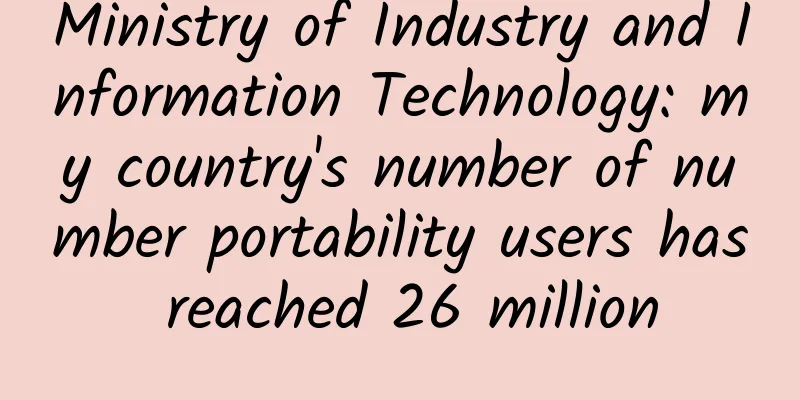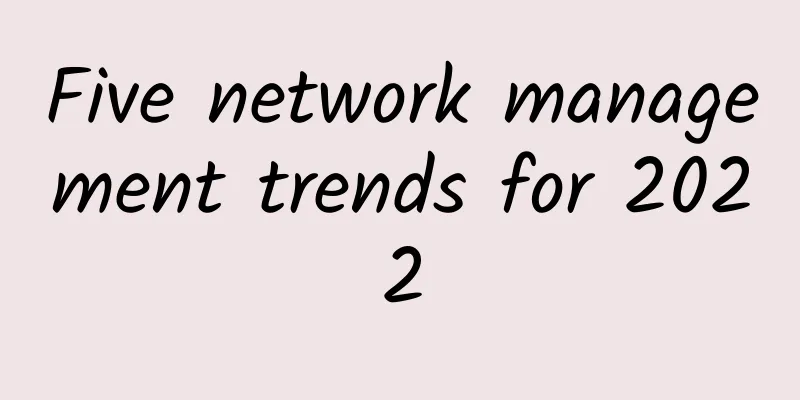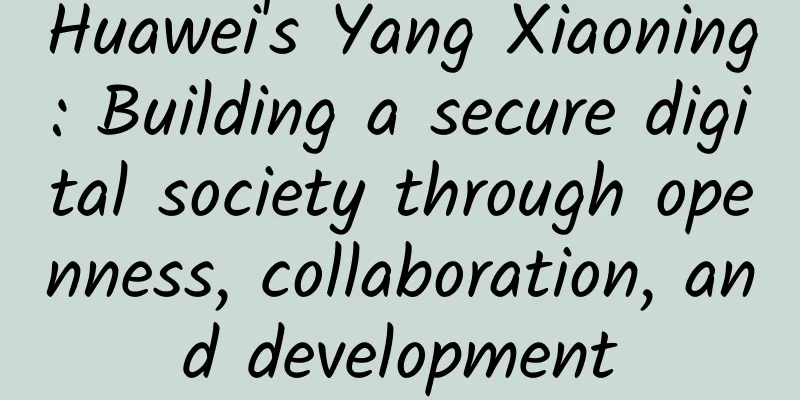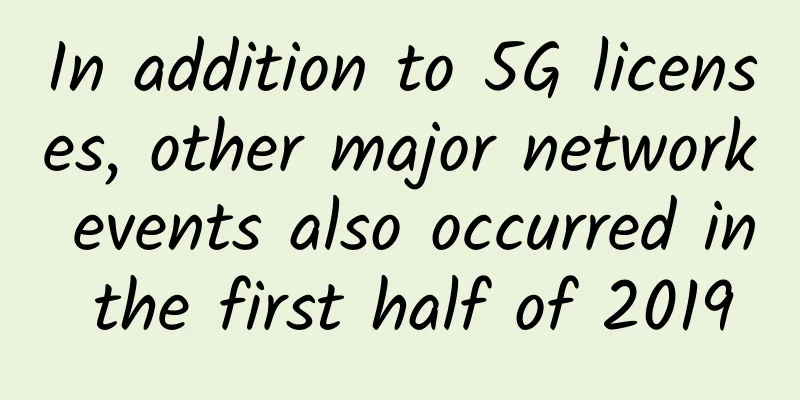5G security has become a focus, but do you really need 5G?

|
The latest insights from the Economist Intelligence Unit's Global Barometer show that 41% of executives believe 5G is less important than it was before the pandemic. There are many reasons for this, one of which is that current 4G and home broadband have proven to be up to the task of supporting home working. However, the geopolitical controversy over 5G has caused a lot of controversy. Many countries and regions have re-planned the construction and application of 5G for various reasons. From a global perspective, 5G is in a state of being relatively unpopular. The construction of 5G infrastructure has invested a huge amount of money, but users' enthusiasm for upgrading to 5G is not as high as expected. New Technology The latest decree from the UK government is very clear. It has prompted many industry insiders to say that replacing all the facilities will take years, and for some operators, it may even take a decade as they bear the burden of dismantling core network components and finding alternative suppliers. The financial impact is huge: operators will have to find additional budgets to purchase 5G-related infrastructure kit, conduct verification and integration testing, overhaul services, and consider the time and cost of training employees on the new technology. Despite this, many operators have stated very publicly that they will proceed with 5G as planned, and some are even accelerating their plans. The insights they have gained confirm that there is still a significant number of businesses and public agencies that see its value. It is a way to drive the development and interconnectivity of smart cities and to achieve new ambitions related to driverless cars and highly automated manufacturing. Therefore, 5G is still a rolling stone, and security needs to be designed into every step of network and application design and construction, regardless of the core network toolkit, rather than just bolted on. New rules at work The COVID-19 pandemic has shaken up the way we live and work, driving the need for ultra-fast, affordable, agile communications everywhere. It’s also fertile ground for scammers keen to exploit the public’s thirst for the latest news. Clickbait has taken off, and it remains one of the most effective methods of distributing malware and ransomware. In the name of rapidly increasing home working, burdening their security infrastructure and creating vulnerabilities. Some businesses have learned the hard way that maintaining software patches and security training for employees is crucial to protecting operations from attacks. Rural and urban work The shift to home working has also exposed differences in speed and communication, reigniting the debate over rural versus urban investment. We’ve seen some businesses say employees can now work from anywhere, while others are reducing office size. This opens the door for people to swap city living and commute to more rural areas. 5G rollout plans often focus on large cities, but is this still the right strategy? I suggest that operators need to take a step back, look at the larger global trends and update their plans. Connected Livestock For example, agriculture and the environment must now be at the forefront of planning. To meet the needs of a projected population of 9 billion by 2050, agricultural supply will need to increase by 50%. COVID-19 has brought into focus the global food supply chain crisis. In addition, this growth will require the adoption of technology to make agriculture more efficient so that these goals can be achieved while protecting the world’s natural resources. The vision of the “connected cow” is discussed as a way to address global food security. As such, agriculture and the environment stand to gain huge benefits through technologies and applications enabled by 5G Internet of Things (IoT). However, the benefits can only be realized if connectivity and security are in place. Vast networks of IoT sensors will be used to improve agricultural inefficiencies, improve welfare standards and reporting, and effectively manage food production, generating huge amounts of data. Highly sensitive data This data ranges from highly sensitive datasets related to pricing and employees, critical data related to yield management and compliance, to more transactional weather and water sensor data. Ensuring continuity is critical not only to improving agricultural productivity and meeting standards, but also to protecting IP or personal information throughout the supply chain and preventing cyber warfare aimed at starving people. Corporate espionage is a real threat to the manufacturing industry right now, and it is expected to expand to agricultural production as a whole as farming becomes more connected. Not only that, “hacktivism” can be used to protest government policies dealing with issues related to food poverty or overproduction. It is easy to understand how easy it is to launch an online attack these days. So as agriculture adopts the technological models we usually see in the pharmaceutical and financial industries, it could also become a target. Healthcare During the COVID-19 pandemic, telemedicine has accelerated awareness, helping people get medical care without leaving their homes. Governments are gaining a real understanding of the importance of connected healthcare in terms of saving money and time. It is now more likely that care teams will be provided with mobile devices that can access and update patient records in real time, GPs will shrink consultation spaces so that appointments can be made online, and prescriptions can be automatically filled and delivered with a single click. There is no doubt that comprehensive 5G networks will enable even more, especially in remote areas where healthcare is scarce, and that’s before we get into the exciting prospect of remote brain surgery that 5G can facilitate. But the pandemic has also exposed the precarious nature of online healthcare. Patient data remains incredibly vulnerable, as the breaches we’ve seen in public and private delivery around the world have verified. In the worst-case scenarios, some attacks pose a significant threat to public health, making local and global collaboration necessary to ensure data is protected. This threat is not going away. In fact, it is increasing as we drive more innovation and connectivity. However, achieving secure networks and applications is impossible without practice. |
>>: After 5G technology, there may not be 6G base stations! Why do you say that?
Recommend
Introduction to Socks5 Proxy Protocol
Part 01. Socks5 protocol concept Socks5 is a prox...
5G is changing society, but is millimeter wave still missing?
Three years ago, 5G ushered in the first year of ...
Synopsys: Reducing 5G attack surface and making good use of technology "double-edged sword"
New technologies are often a double-edged sword, ...
Virtono: €8.97/year KVM-512MB/15GB/1TB/UK data center
Virtono is a foreign VPS hosting company founded ...
Bryan to launch fiber optic internet service
The city of Bryan, Texas, recently announced that...
China Mobile launches A-share listing: "Making money" but not "cutting leeks"
On the evening of May 17, World Telecommunication...
Connecting the Next Billion: 5G and Satellite
5G will revolutionize the Internet of Things due ...
Huawei Cloud Ecosystem is "Very Different" in 2018, Focusing on "Quantity" and "Quality"
[51CTO.com original article] On March 22, "G...
NASA to launch laser communications relay demonstration mission this year
According to foreign media, NASA has a mission ca...
RackNerd: $19.99/year KVM-1.8GB/28GB/3TB/Los Angeles Data Center
RackNerd has launched some promotions in Los Ange...
Traditional database upgrade practices under the cloud-native evolution trend
1. Overview of Cloud Native Databases 1. Cloud co...
Hostodo: $24.99/year-2GB/20G NVMe/5TB/Las Vegas, Spokane, and Miami data centers
Hostodo has launched a February Special Deal prom...
Wi-Fi vs. Ethernet: How Better Is a Wired Connection?
Wi-Fi is obviously more convenient than wired Eth...
How many gateways in Flowable do you know?
Gateway Gateways are used to control the flow of ...
Very comprehensive! A comparison of the financial and operating data of the three major operators in the first quarter
Recently, the three major operators have announce...









